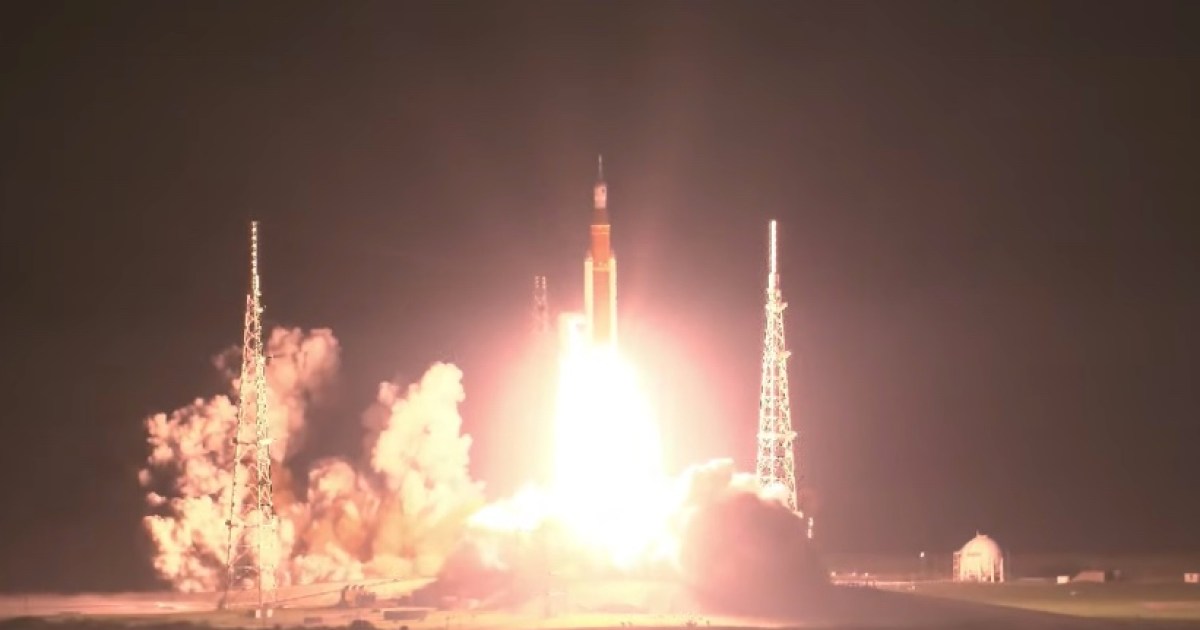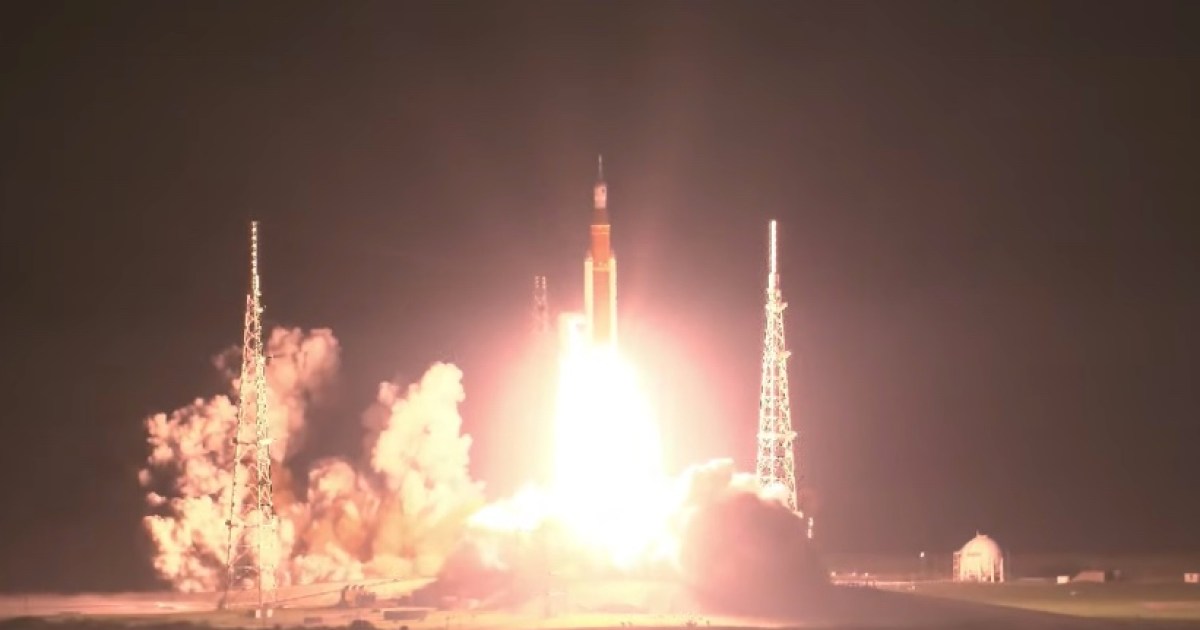
It’s been a busy 12 months for NASA, with highlights including the space agency’s first-ever return of asteroid material, the launch of the Psyche spacecraft to explore a metallic asteroid, and continued incredible work by the James Webb Space Telescope.
Now, in a new video released by NASA on Wednesday, the space agency looks ahead to what promises to be an even more exciting 2024.
Surely the most highly anticipated mission of 2024 will be the Artemis II flight that will send four astronauts on a flyby of the moon, coming within just 80 miles of its surface.
Currently scheduled for November, the Artemis II mission will follow the same path as the uncrewed Artemis I mission, which tested NASA’s new Space Launch System (SLS) rocket and Orion spacecraft.
Staying with the moon, NASA will send VIPER (Volatiles Investigating Polar Exploration Rover) to the lunar surface in 2024. About the size of a golf cart, the rover will explore the moon’s South Pole for lunar water ice, a vital resource for crews that will visit later, and which could also be converted to fuel to power rockets from the lunar surface to distant planets. The VIPER mission was supposed to get underway this year but NASA decided delay it to run more tests on the spacecraft’s landing system.
The space agency is planning to launch the Europa Clipper mission, too, which will explore one of Jupiter’s largest moons, Europa, in a bid to discover if its ocean might be a suitable habitat for extraterrestrial life.
NASA also has a strong interest in seeing SpaceX succeed with the first orbital flight of the Starship, the most powerful spaceflight system ever and which could carry the first humans to Mars in a mission possibly in the 2030s. The Starship, comprising the first-stage Super Heavy booster and the second-stage Starship spacecraft, had two test flights this year but both times failed to reach orbit. A third test is expected to take place in the coming months.
Throughout next year, the James Webb Space Telescope will continue with its groundbreaking research of deep space, and new crews will arrive at the International Space Station to continue with scientific studies in microgravity conditions some 250 miles above Earth.
Finally, NASA points out that earthlings in North America, Canada, and Mexico will be able to marvel at the amazing sight of a total solar eclipse, which will occur on April 8.
Editors’ Recommendations
Services Marketplace – Listings, Bookings & Reviews
